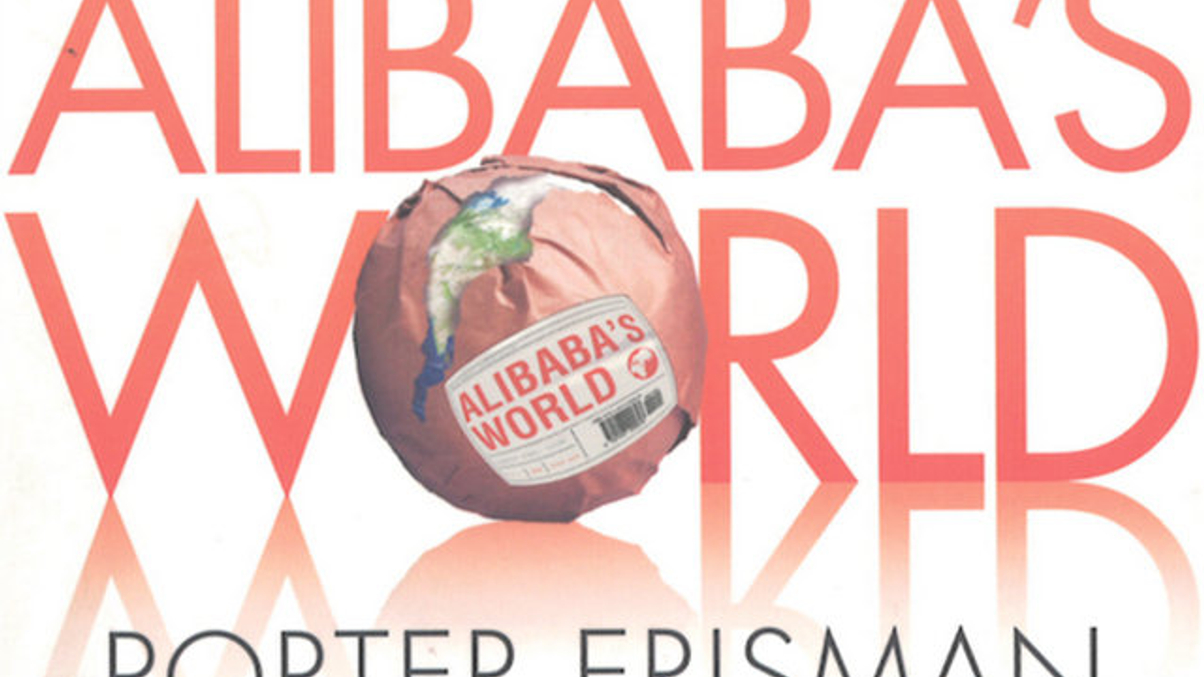Book review: Alibaba’s World
An insider's view on how a scrappy e-commerce startup became the world's largest retailer.

How A Remarkable Chinese Company Is Changing The Face Of Global Business (MacMillan)
Sign in to read on!
Registered users get 2 free articles in 30 days.
Subscribers have full unlimited access to AsianInvestor
Not signed up? New users get 2 free articles per month, plus a 7-day unlimited free trial.
¬ Haymarket Media Limited. All rights reserved.


